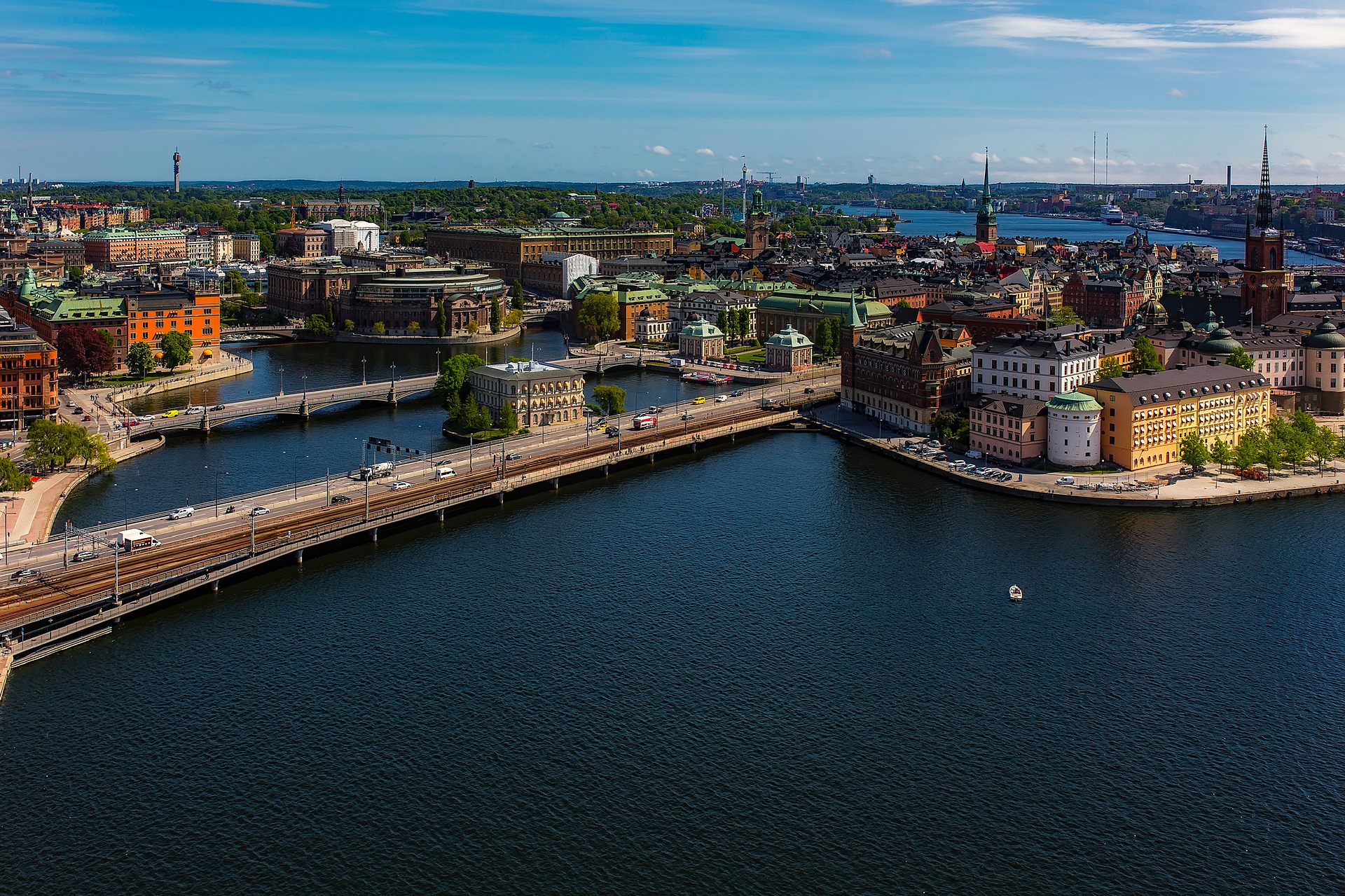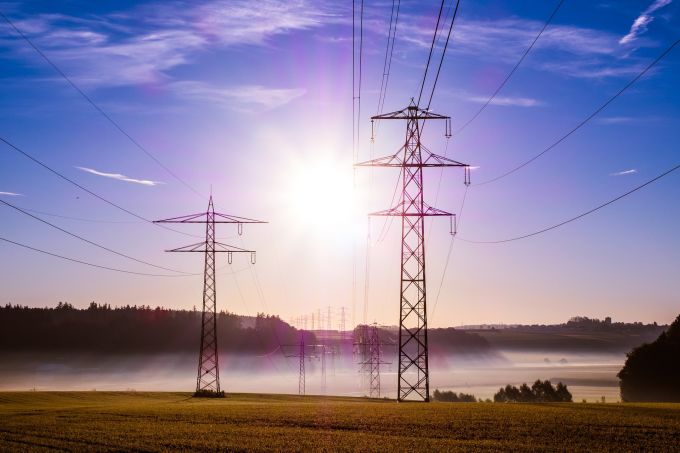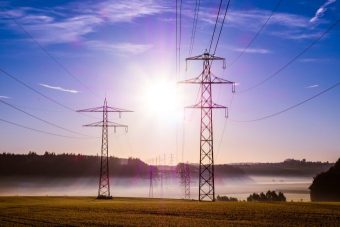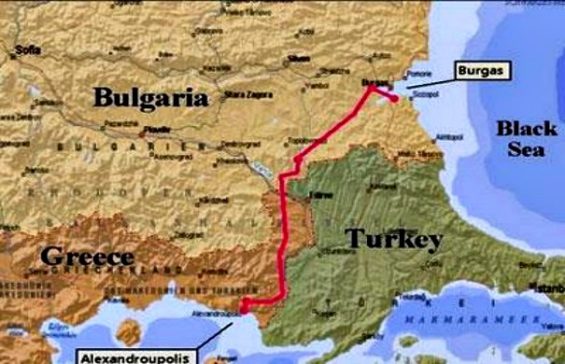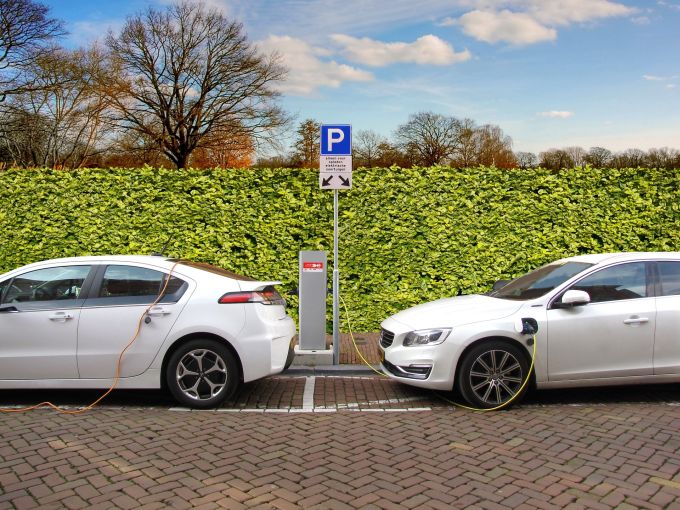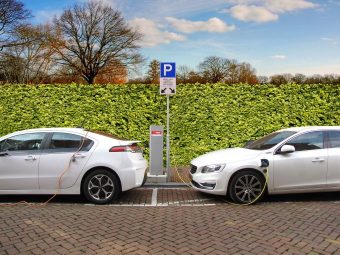 Sonoma Clean Power (SCP), the nonprofit public agency in USA that has been generating electricity for 88 percent of Sonoma County’s residents and business owners since launching in 2014, has signed a power purchase agreement (PPA) for 20 years of wind power from Golden Hills North Wind Energy Center. The project, located in Eastern Alameda County within the Altamont Pass Wind Resource Area, is being developed by Next Era Energy Resources and, according to SCP, represents the agency’s first long-term, in-state wind contract.
Sonoma Clean Power (SCP), the nonprofit public agency in USA that has been generating electricity for 88 percent of Sonoma County’s residents and business owners since launching in 2014, has signed a power purchase agreement (PPA) for 20 years of wind power from Golden Hills North Wind Energy Center. The project, located in Eastern Alameda County within the Altamont Pass Wind Resource Area, is being developed by Next Era Energy Resources and, according to SCP, represents the agency’s first long-term, in-state wind contract.
Source: breakingenergy.com






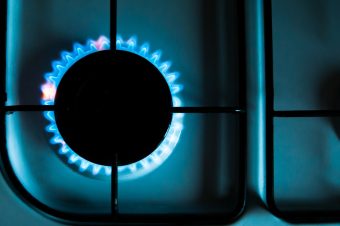
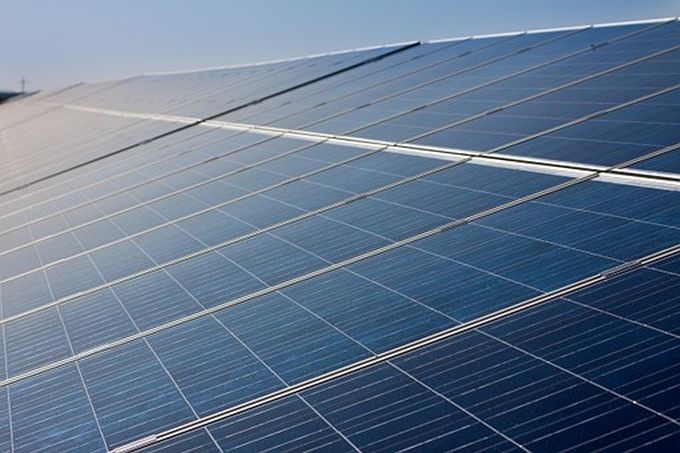
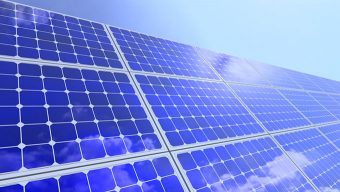
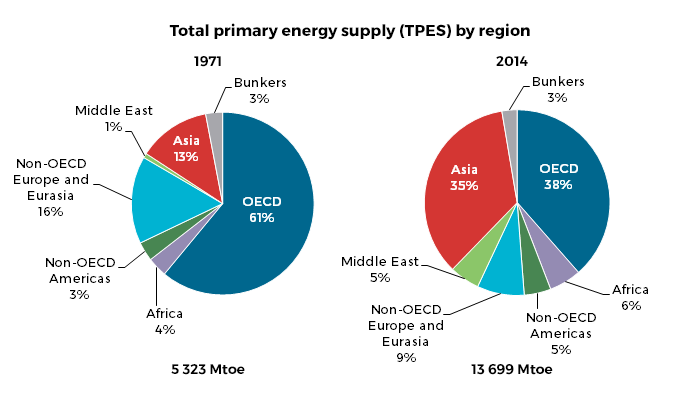
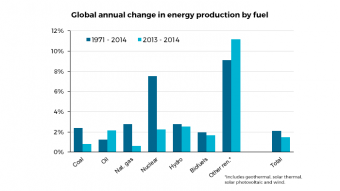 Reflecting the IEA’s increasingly global perspective, for the first time the Agency’s OECD and non-OECD Energy Balances and Statistics reports have been merged into two comprehensive global reports on energy data. World energy Balances and World Energy Statistics will contain detailed data on over 150 countries and regions and will be released in full at the end of August 2016.
Reflecting the IEA’s increasingly global perspective, for the first time the Agency’s OECD and non-OECD Energy Balances and Statistics reports have been merged into two comprehensive global reports on energy data. World energy Balances and World Energy Statistics will contain detailed data on over 150 countries and regions and will be released in full at the end of August 2016.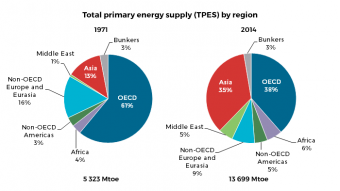 The reports also highlight the significant changes in regional energy demand that have taken place over the past 40 years. In 1971 OECD (including Japan and Korea) and the rest of Asia (including China) together accounted for almost three quarters of energy usage, with OECD demand four times greater than that of Asia. Yet while the combined energy share of these regions remained at around three quarters of the global total in 2014, the proportions changed drastically; OECD and Asia became broadly comparable, at 38% and 35% respectively.
The reports also highlight the significant changes in regional energy demand that have taken place over the past 40 years. In 1971 OECD (including Japan and Korea) and the rest of Asia (including China) together accounted for almost three quarters of energy usage, with OECD demand four times greater than that of Asia. Yet while the combined energy share of these regions remained at around three quarters of the global total in 2014, the proportions changed drastically; OECD and Asia became broadly comparable, at 38% and 35% respectively.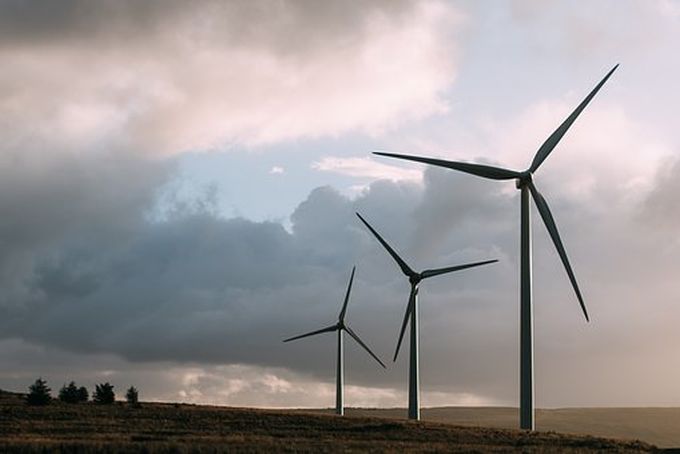
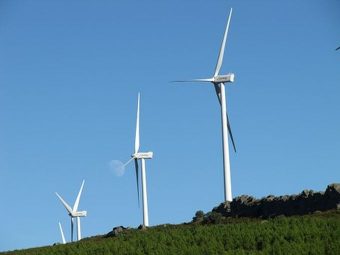
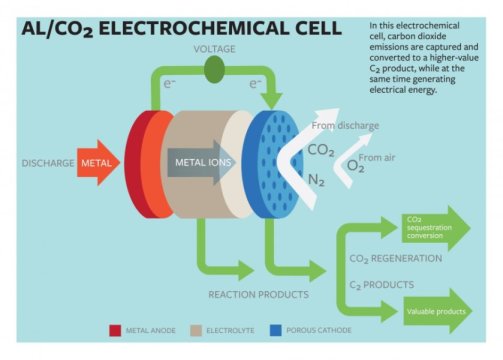
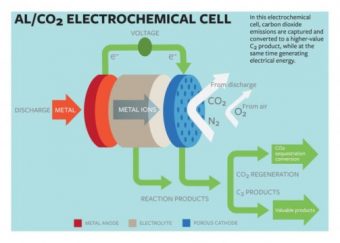 While the human race will always leave its carbon footprint on the Earth, it must continue to find ways to lessen the impact of its fossil fuel consumption.
While the human race will always leave its carbon footprint on the Earth, it must continue to find ways to lessen the impact of its fossil fuel consumption.


 The United Kingdom, followed by Australia and the Republic of Korea, lead the world in providing government services and information through the Internet, according to a new survey released on 1st August by the United Nations showing the progress of nations in promoting e-government.
The United Kingdom, followed by Australia and the Republic of Korea, lead the world in providing government services and information through the Internet, according to a new survey released on 1st August by the United Nations showing the progress of nations in promoting e-government. The United Nations Industrial Development Organization (UNIDO) and the International Centre for Integrated Mountain Development (ICIMOD), with financial support from the Austrian Development Agency, are preparing to establish a Himalayan Centre for Renewable Energy and Energy Efficiency.
The United Nations Industrial Development Organization (UNIDO) and the International Centre for Integrated Mountain Development (ICIMOD), with financial support from the Austrian Development Agency, are preparing to establish a Himalayan Centre for Renewable Energy and Energy Efficiency.

